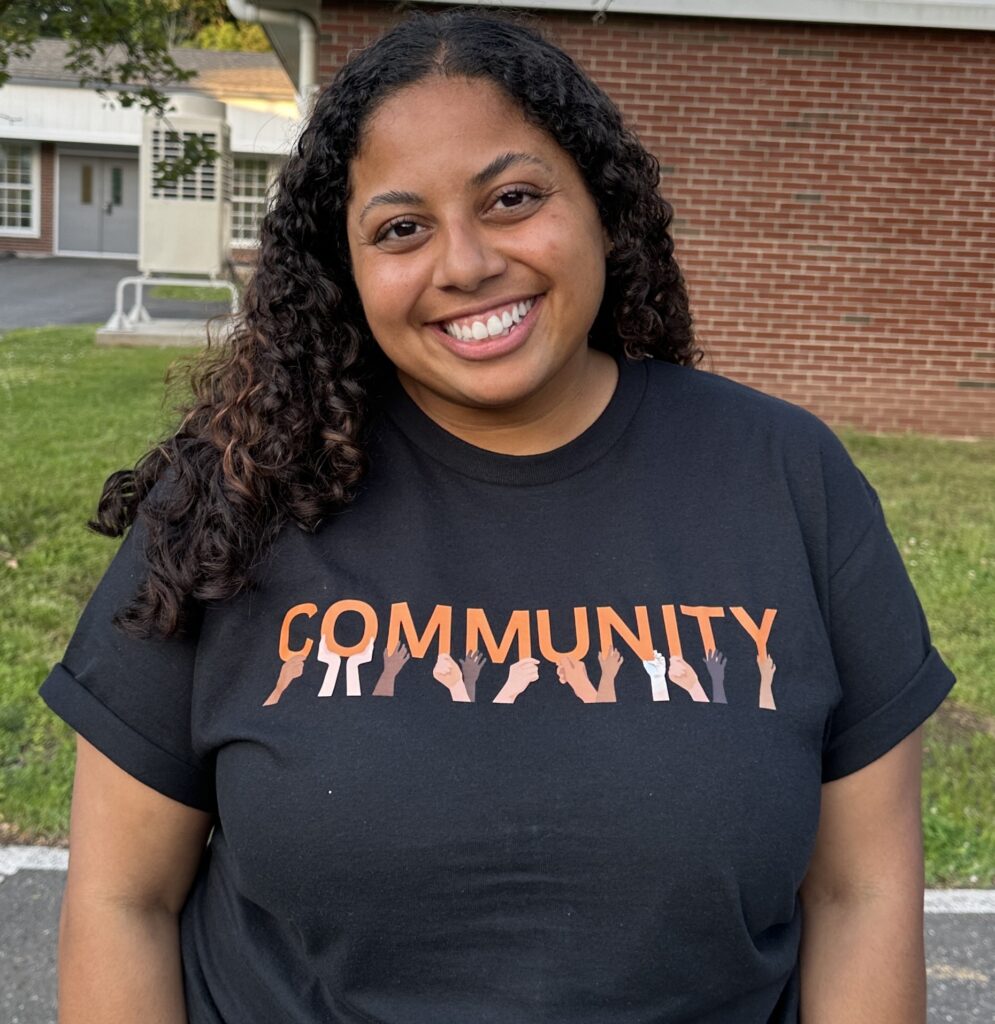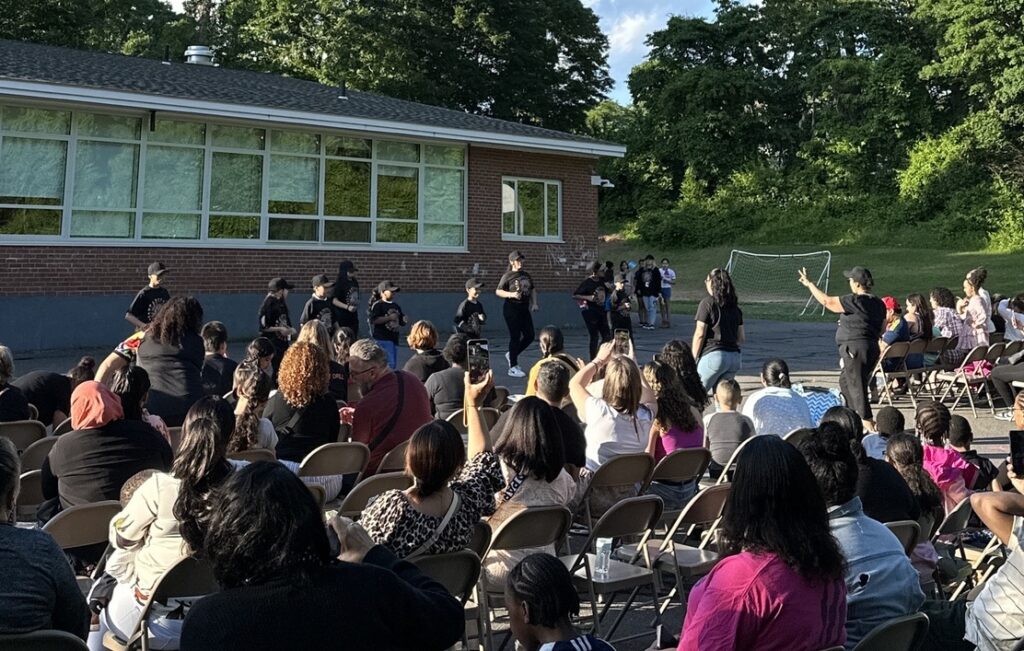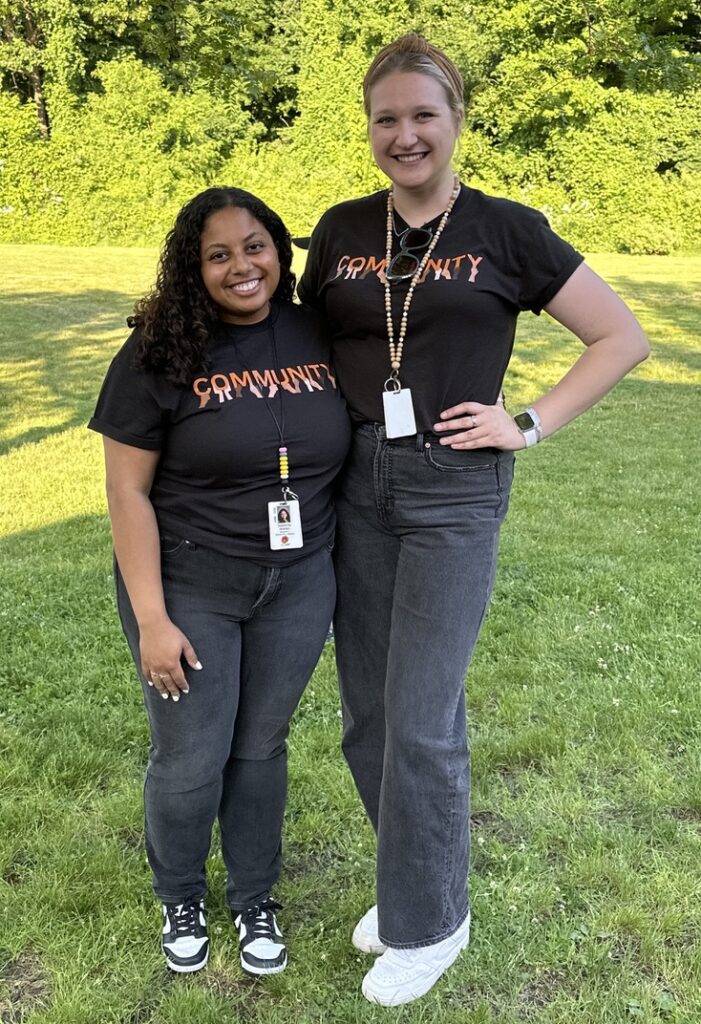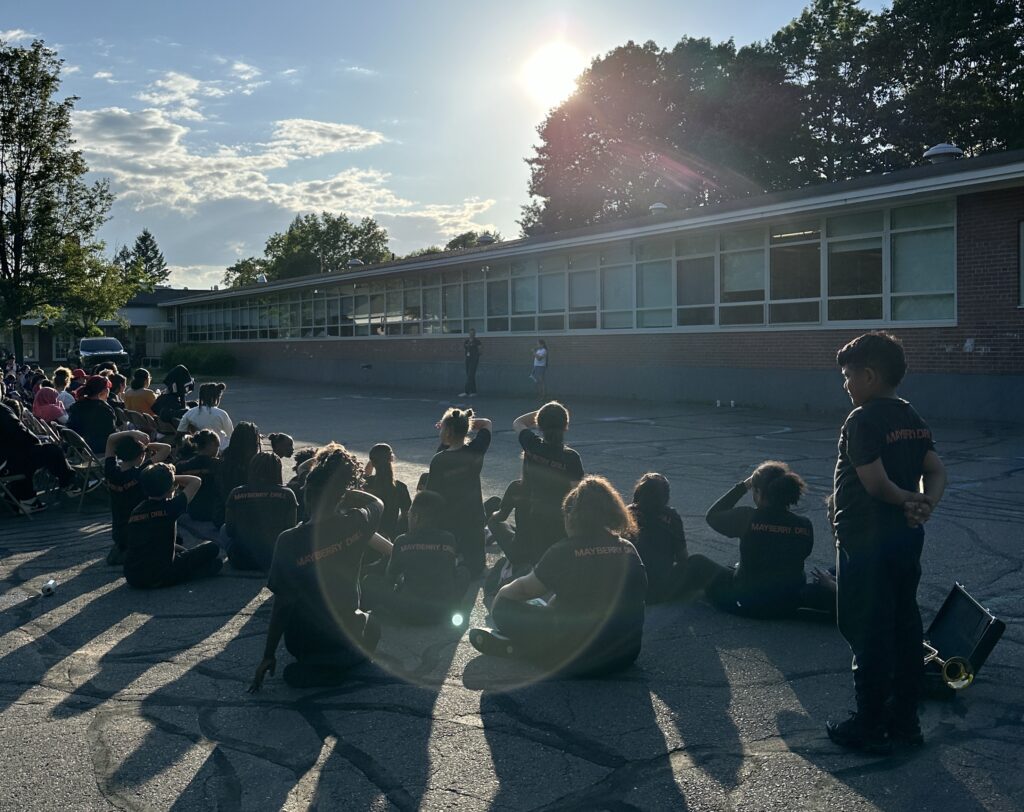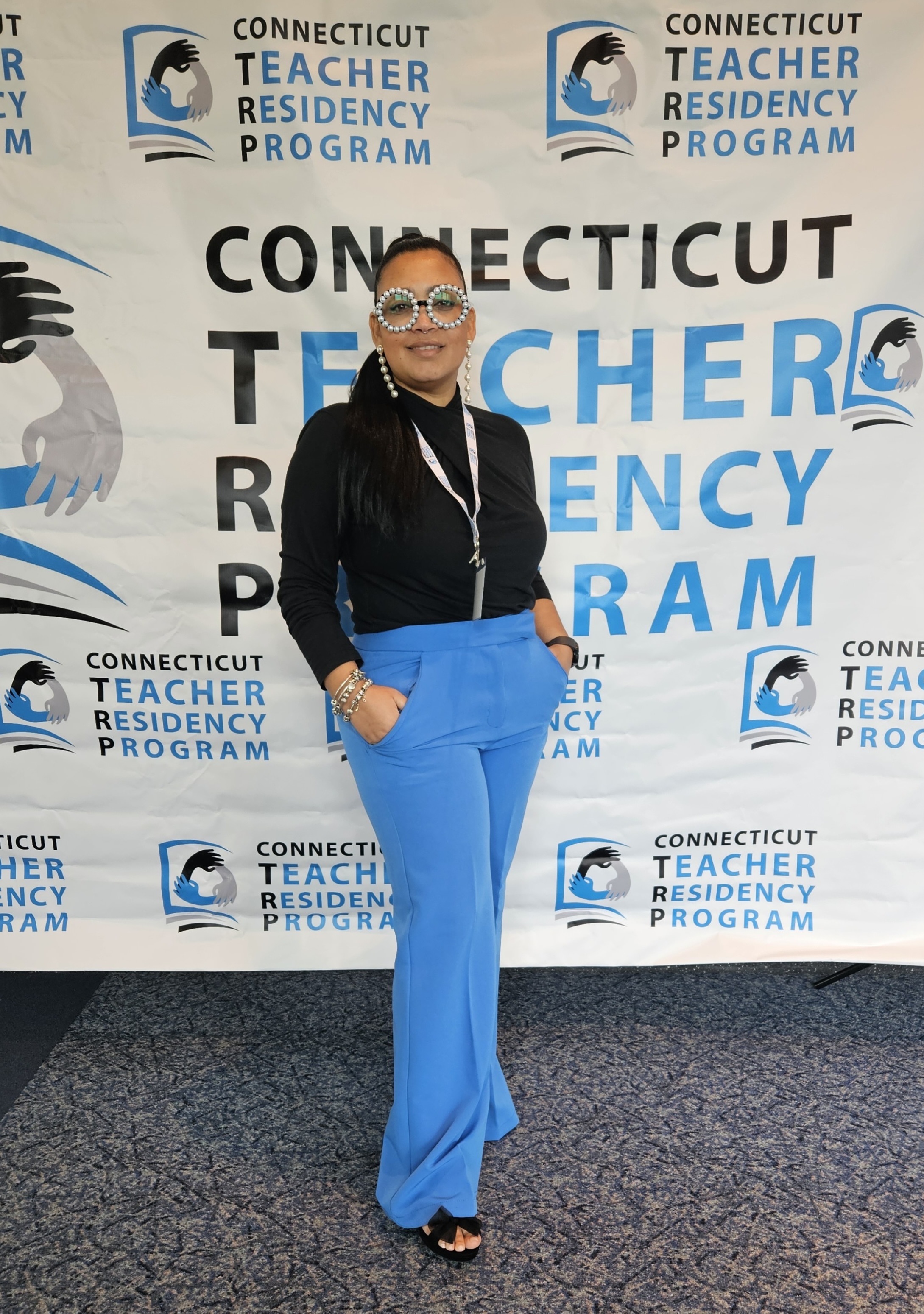Jessica Raugitinane, whom we honored in 2012, has completed an intensive, two-year process to earn an elite level of certification that has been achieved by only four percent of teachers nationwide.
Congratulations to Ms. Raugitinane on becoming a National Board-Certified Teacher.
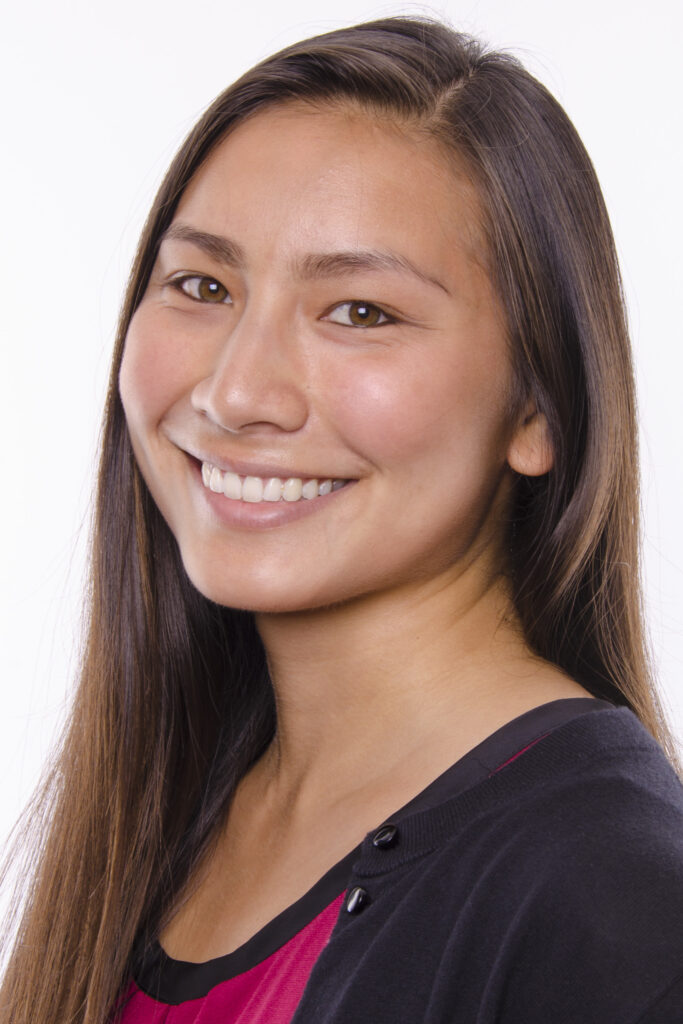
The National Board for Professional Teaching Standards (NBPTS) grants this certification in line with its mission to advance the quality of teaching and learning. The National Board’s mission is to develop, retain, and recognize accomplished teachers and to generate ongoing improvement in schools nationwide.
Ms.Raugitinane began working toward the certification while teaching English-language learners at a dual-language school in her hometown of Alexandria, Virginia. Now she serves as the K-12 English Learners Curriculum Specialist in her school district’s central office.
“In this position, I can focus on my passion for curriculum writing, especially for English-language learners, and remain connected to the classroom by piloting curriculum with teachers and students,” she says.
Recommendations for Colleagues
For teachers who might be considering pursuing National Board certification, Ms. Raugitinane offers this advice:
“Seek out resources from your school district; see if there is a mentor or cohort who can guide you through the process and review your portfolio submissions.
“The certification process is rigorous and time-consuming, so creating a schedule that dedicates time to certification requirements while balancing teaching and personal life is essential.
“Nevertheless, the process is beneficial and doesn’t feel like you are just trying to check off a list of tasks, but rather truly investing in yourself as a teacher. The critical analysis and deep reflection throughout the process lead to improved instructional strategies and better student outcomes, while allowing you to display your strengths as a teacher.”
Triple Major at UConn
Ms. Raugitinane received a bachelor’s degree from the University of Connecticut in 2013 with three majors: elementary education, English, and Spanish, along with a minor in Latino studies. She received her master’s degree from UConn in 2014. Before joining the faculty in Alexandria, she taught English as a second language to university students in Quito, Ecuador.
“I knew the certification process would be labor-intensive,” she says. “But I felt supported by my school district’s board-certified mentor who reassured me that the deep reflection encouraged by this process would truly enhance my teaching skills and motivate me to provide high-quality teaching to my students.”
Ms. Raugitinane achieved National Board certification in English as a New Language for Early and Middle Childhood (ages 3-12) by submitting a portfolio for each of four components:
- Content Knowledge: Candidates demonstrate an understanding of the subject matter and how to teach it effectively.
- Differentiation in Instruction: Candidates provide evidence of how they tailor their instruction to students with diverse learning styles and abilities.
- Teaching Practice and Learning Environment: Candidates submit videos of their teaching and provide written analyses of their teaching practice in varied contexts.
- Effective and Reflective Practitioner: Candidates analyze and reflect on how they use assessment data and student feedback to improve their instruction. Candidates also provide evidence of participation in professional learning communities and collaboration with other educators to meet students’ needs.
Felicidades to Ms. Raugitinane and best wishes for continued success in this new phase of her career.
- Woody Exley

